High Energy After a Bath
While some dogs enjoy and have no problem with getting a bath, there are times when a dog may not be too pleased with the idea of being cleaned by their owner. In such cases, their energy levels will spike and they may act up in an effort to get dry. At this moment, being wet is the last thing they want, and they will communicate this to their owner through their heightened energy levels.

Digging
The reason why dogs dig holes, whether in soil or sand at the beach, has been a topic of curiosity for many. However, the behavior appears to have a simple explanation. It often means that the dog is experiencing extreme boredom and their owner is failing to provide adequate entertainment.
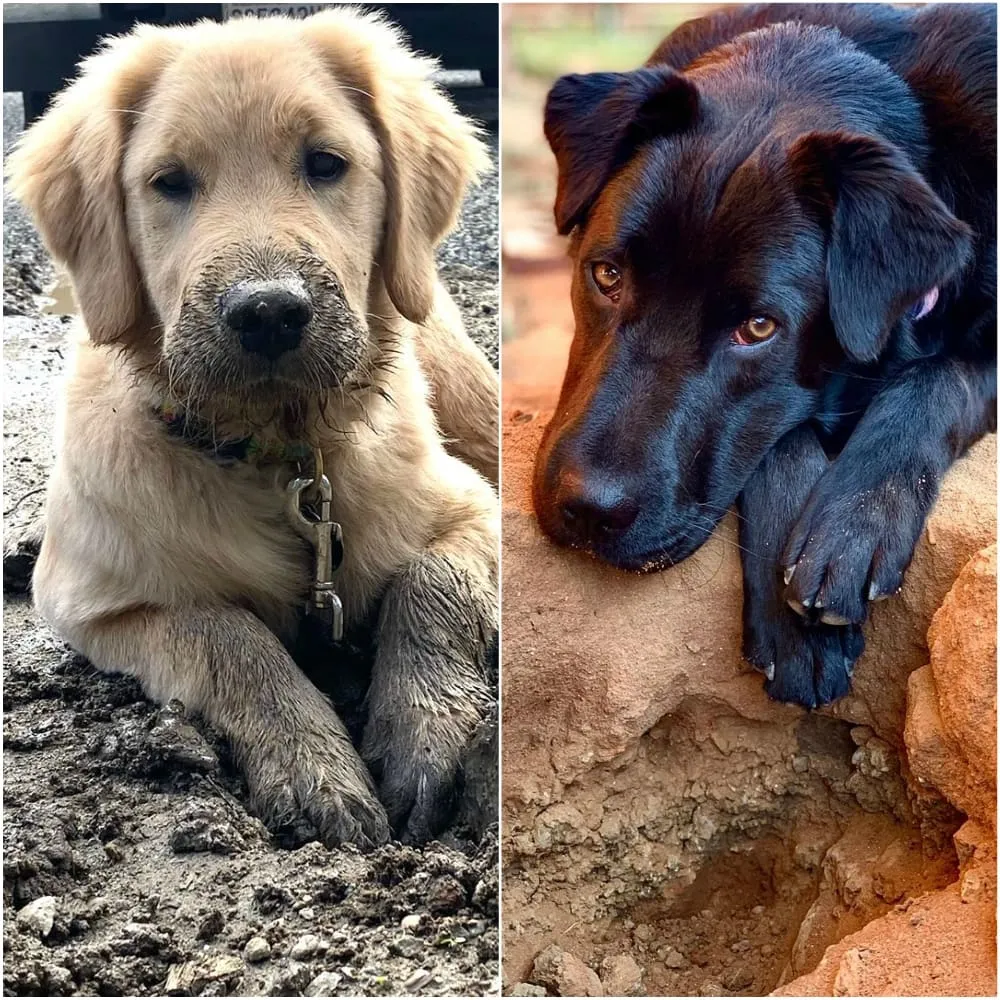
Yawning
Just like humans and pretty much every other warm-blooded animal, dogs will yawn from time to time. While yawning is often associated with being tired, there are other reasons why dogs yawn. One possibility is that they might be anxious and this is a form of nervous energy that they need to get off their chests, literally! However, in the same way that yawning can be “contagious” between humans, dogs can also yawn when they have witnessed their owner yawning.
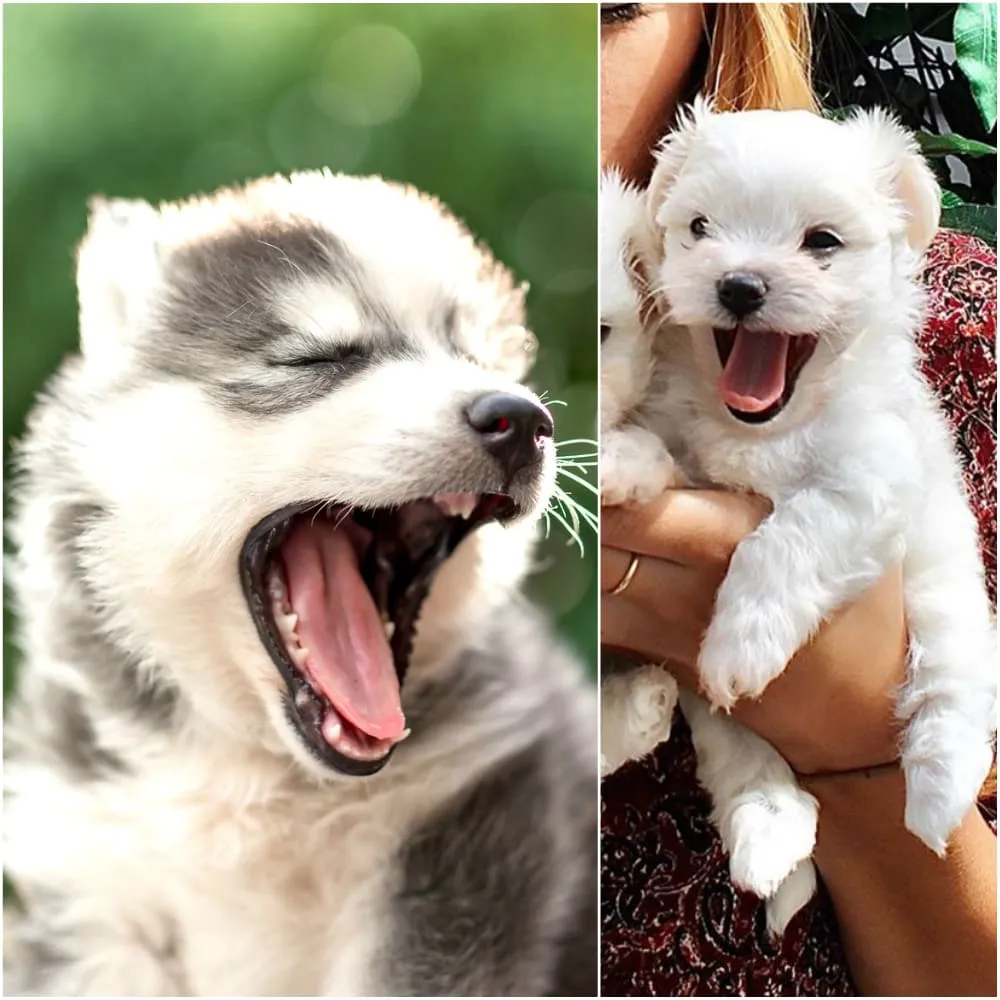
Different Sleeping Positions
Dogs tend to sleep in different positions, and each particular posture conveys a distinct message. If a dog sleeps on its side, it implies that the dog is at ease and confident around its owner. Conversely, when a dog lies on its belly while sleeping, the dog may be finding it difficult to relax and fall asleep. Occasionally, dogs may sleep on their backs, which may indicate that they feel hot. Furthermore, if a dog extends its paws while lying on its back, it signals that the dog desires to be undisturbed and allowed to sleep soundly.

Staring and Different Types of Eye Contact
There are various ways in which a dog can look at its owner. If a dog is fixated on its owner, it may suggest that it is looking for some cuddles. Alternatively, a dog may be content and seeking attention from their owner if they look at them with their tongue poking out. Lastly, if a dog is staring at their owner intently, it could indicate that they are trying to discern their owner’s actions.

Ears and Tails – Floppy or Pointy?
The behavior of a dog’s ears and tail can be difficult for a pet owner to understand, but in reality, there is a simple science behind it. A relaxed tail along with pointed ears typically indicates that the dog is calm. However, if the ears are straightened and the tail is raised, it usually means that the dog is intrigued by something that is stimulating their senses.

Panting With a Loose Floppy Tongue
In simpler terms, when a dog happily and playfully sticks out their tongue in a relaxed manner, it could just be a sign of their joyful state. Nonetheless, this can also be associated with panting, which is not just a sign of exhaustion but rather a way for their body to regulate their temperature. Since dogs don’t sweat like humans, panting helps them cool down in accordance with their surroundings.
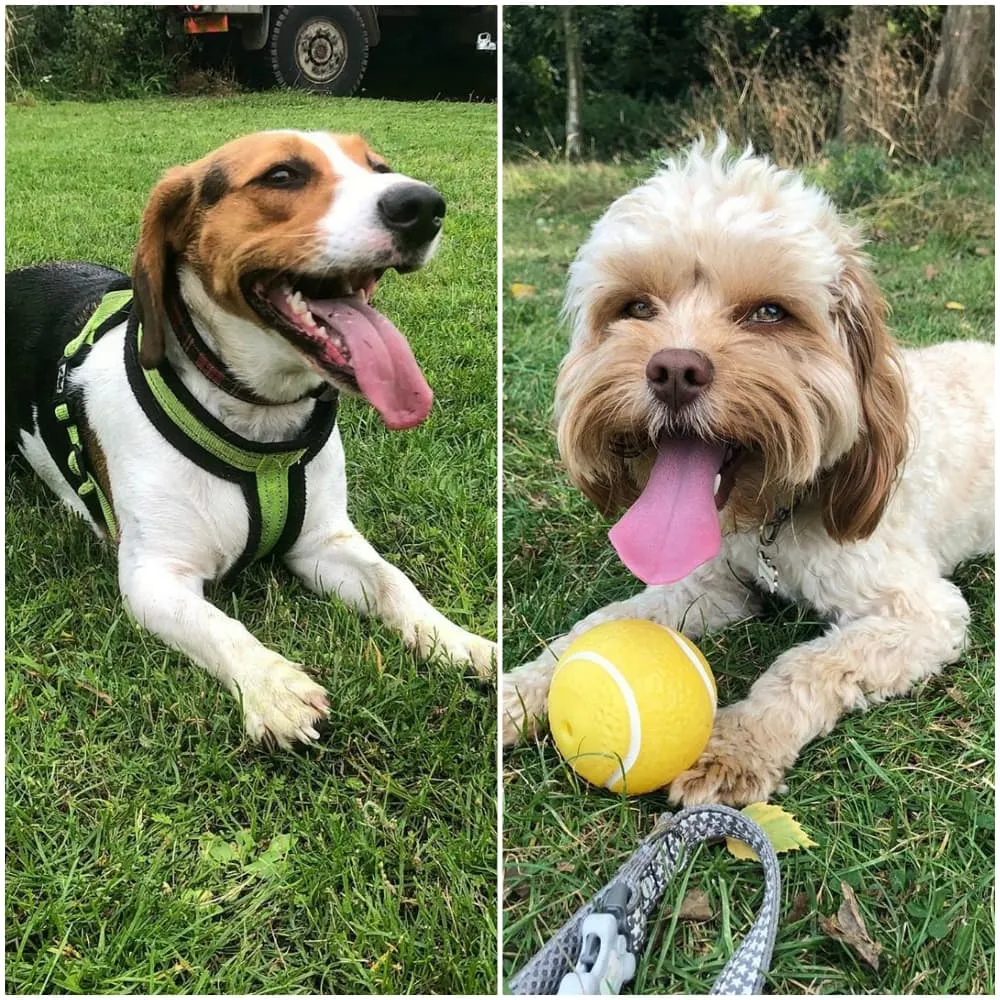
Raising Bark
The meaning of a dog’s barking varies depending on the circumstances. Frequently, people may misunderstand the meaning of a dog’s bark and get frightened without reason. However, some types of barking may surprise dog owners. If your dog starts barking softly and then gets louder, it is most likely an indication that they are feeling playful and excited.

Howling
It is commonly believed that when dogs howl at night, they are merely communicating with each other. Nonetheless, this is a misconception as howling often indicates something negative. It suggests that the dog is perceiving a high-frequency noise from afar, which may be inaudible to humans. Moreover, the sound might be causing discomfort or pain to the dog’s ears, rather than just being an irritant.

Back to Back or Front to Back
This behavior characteristic is relevant only if there are multiple dogs living together. When two or more dogs sleep, rest, or sit very closely together, it is a clear indication that they share a strong bond and trust each other completely. Dogs naturally tend to protect their loved ones, and sleeping is when they are most susceptible to potential danger.
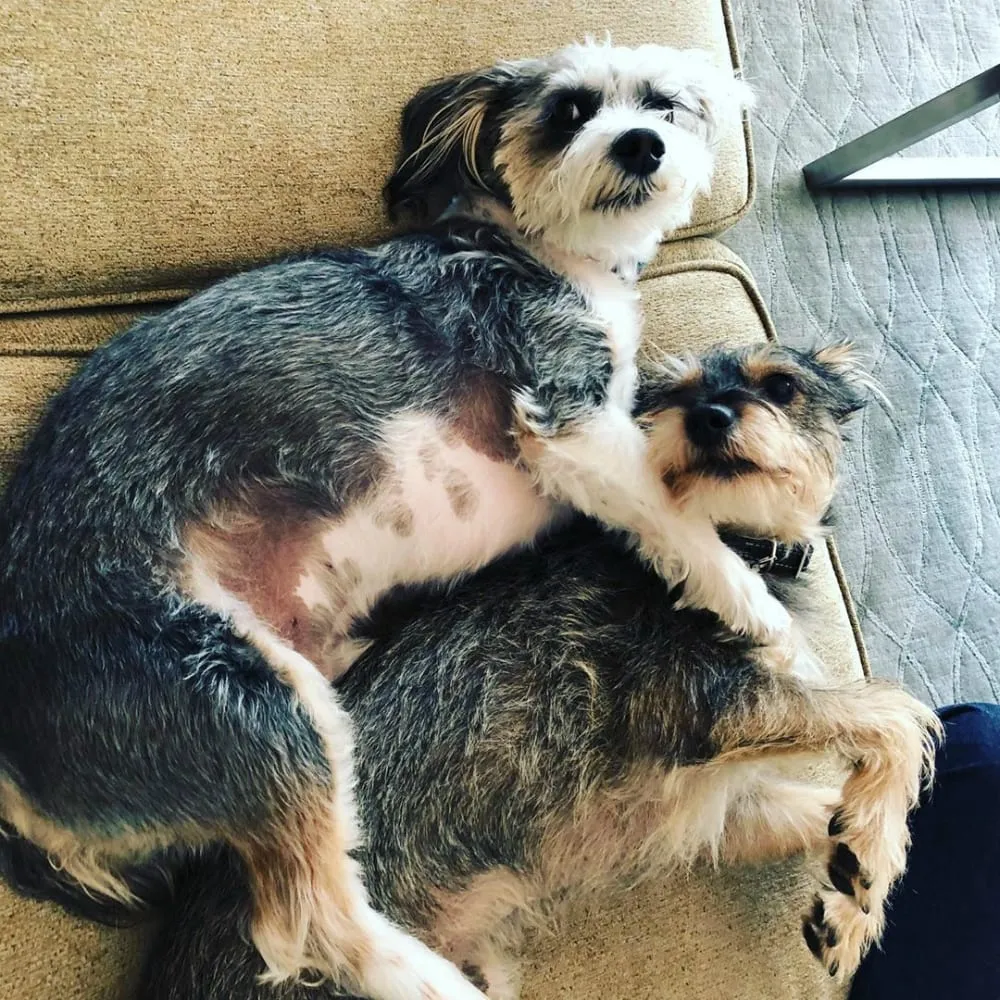
Bringing Gifts
Many species, including humans, exhibit this kind of behavior. Giving gifts is not exclusive to dogs, as it typically denotes similar meanings across different species. Although dogs may not be the most considerate when it comes to gift-giving, their intention is to please their recipient. The gifts they bring, like a shoe or a piece of fabric, may not be a top choice for owners during Christmas, but it is the gesture that matters.

Sticking Their Head Out of a Car Window
Have you ever pondered on why your pet dog loves sticking their head out of the car window but has no inclination of jumping out of the moving car at any point in time? Primarily, these canines have no desire to leave their owners’ side as long as they feel protected and content. The rationale behind their sticking their head out is quite straightforward. They relish the sensation of the wind against their face and the pleasure of viewing their surroundings.
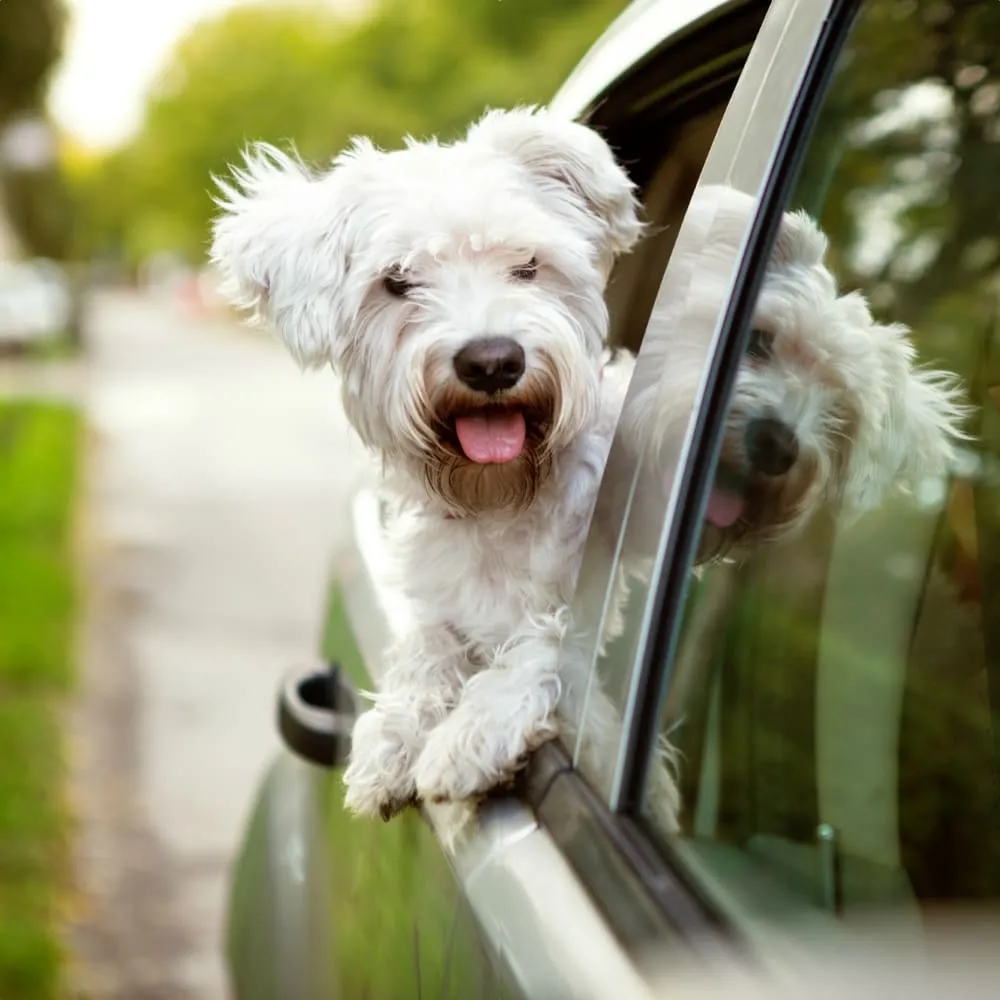
Licking
While many assume that dogs lick their owners to clean them, think again. There are a number of reasons why man’s best friends decide to stick their tongue out and plant it on our faces. The most mundane explanation is that they like the salty taste on our skin and can’t get enough of it. However, the obvious reason also qualifies – it’s a sign of affection. It also acts as a way for the dog to relax and blow off some steam.
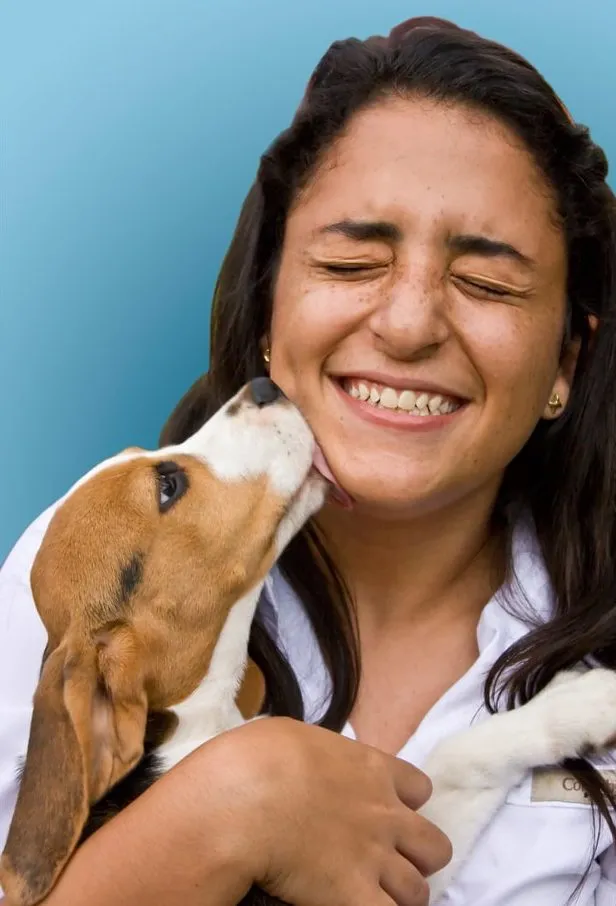
Doing “The Fox” Position
Also referred to sometimes as the “Curly Whirly,” many dogs do the “Fox” position and there’s a good reason for it – they’re cold and want to warm themselves up. They do this by hiding their legs under their body and sometimes, they even cover their faces with their tail. Temperature aside, it can also act as a defense mechanism if the dog has suffered some sort of pain or trauma, like going to the vet or undergoing surgery.
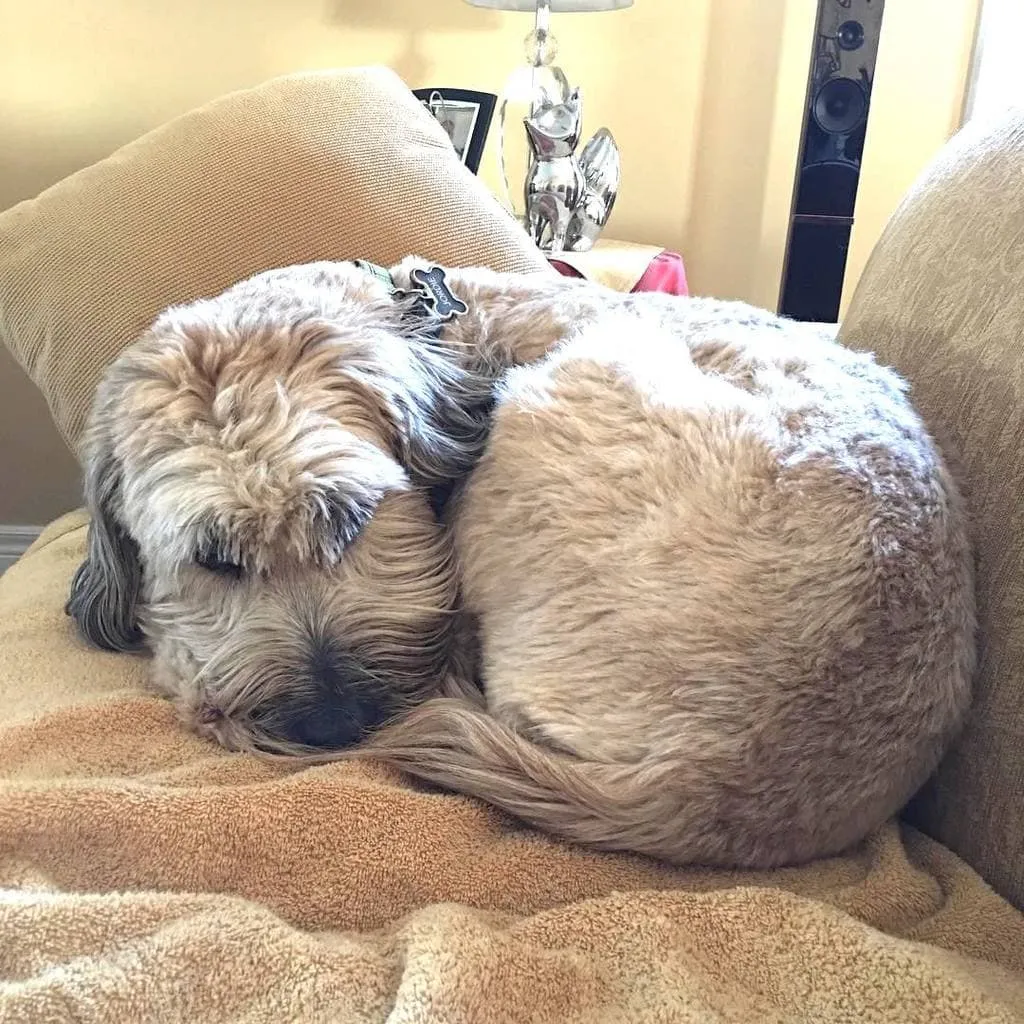
Snarling and Growling
One of the unmistakable indications of a dog’s behavior could be, when their ears are pulled back, and showing their teeth while snarling. Such behavior most probably implies that the dog is angry or aggressive towards something or someone. Although a low growl may resemble snarling, it might convey a slightly different meaning. The dog might be exhibiting signs of fear rather than anger or aggression, if it is showing a low growl.
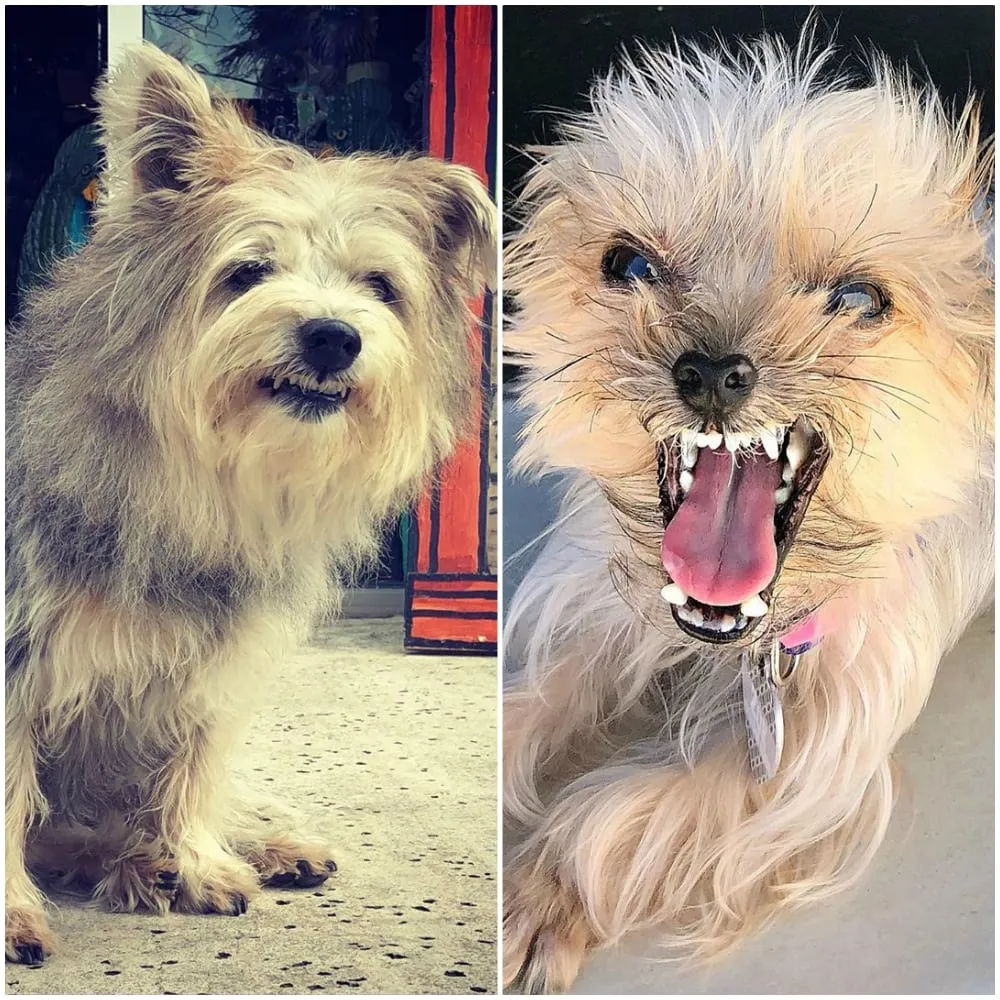
Waving & Raising Paws
The act of lifting paws can have different meanings. When a dog is standing or sitting with their paws in the air, it typically indicates that they are deeply focused. Nevertheless, this should not be misinterpreted with a dog sitting and lifting one paw towards their owner, which usually suggests that the dog is hungry or eager to play.
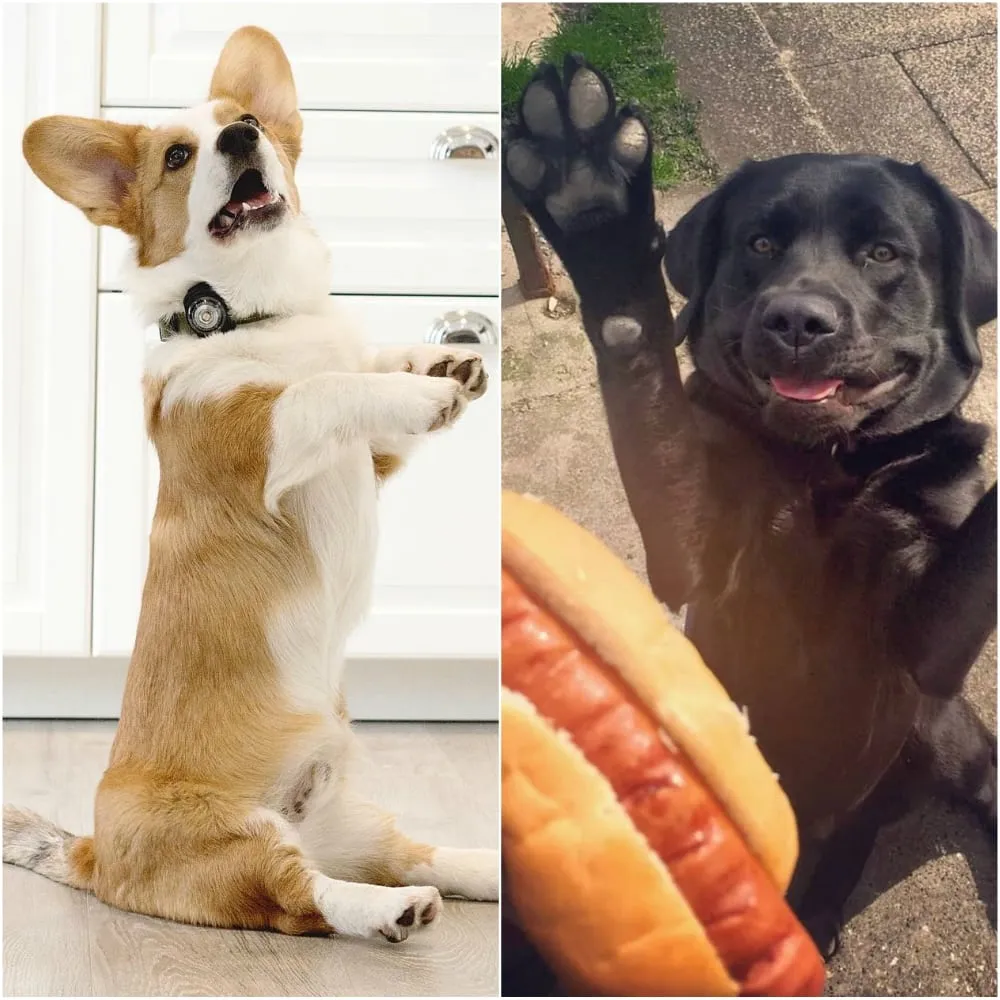
Squinting
Dogs have various ways of expressing their desire for affection; nevertheless, the most distinctive indication is when they squint their eyes. This gesture generally signifies that the dog is cheerful and content, seeking attention from its owner or anyone nearby. Therefore, if you notice your dog squinting, there’s no need to be concerned as it is simply a plea for your affection.
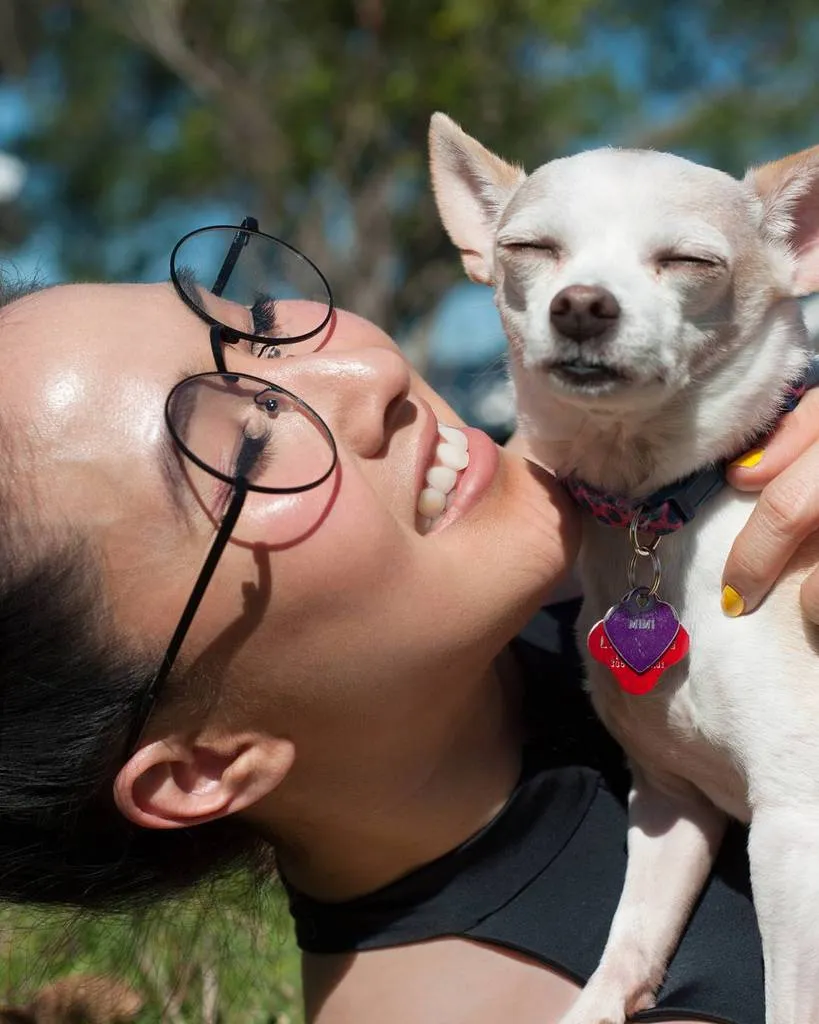
Getting Into Your Bed
If you allow your dog full access to your home while you’re out at work, there is a good chance that they will hop into your bed and relax there or even fall asleep. This is because they want to feel close to their owner, especially because their bed is covered in their scent. Of course, when the owner returns home and goes into their own bed, the dog will also want to join them to feel like they aren’t left out.

Destroying the Couch
You might be wondering why your couch is in a million pieces every time you come home from work. Why does your dog have a tendency to be so aggressive to your couch? In short, the dog is probably suffering from some sort of separation anxiety and this is its way of relieving some of his energy. This isn’t exclusively a couch problem. A dog can display this behavior by destroying virtually any part of the home.

Chasing Their Tail
It turns out that the reason that dogs chase their tail evolves as they get older. When they are puppies, they will chase their own tail because they aren’t actually aware that the tail is a part of their body. However, by the time they are old enough to understand that the tail is theirs, this will not stop the dog from chasing it. They simply want something to play with. This is also a type of behavior that some cats demonstrate.
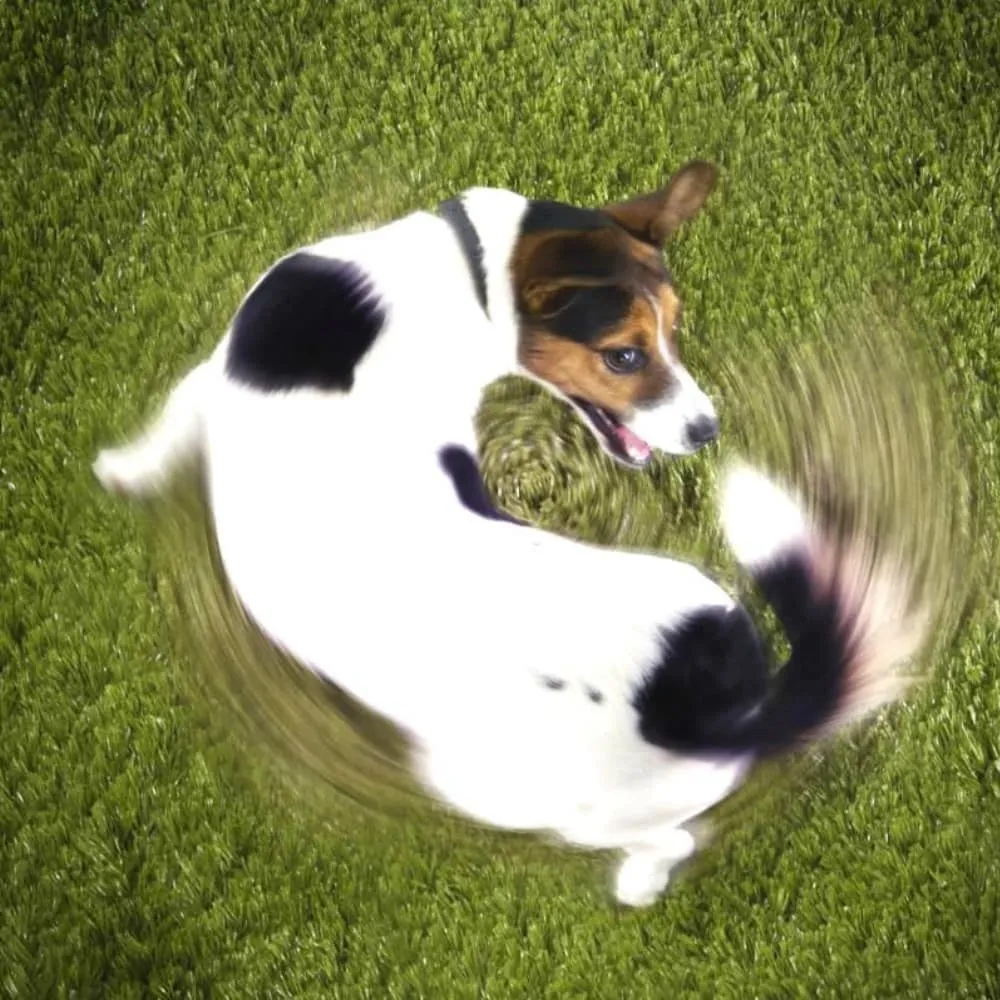
Eating Grass
While it’s inevitable that dogs might try eating mysterious things on the ground out of curiosity, they don’t tend to eat grass as often as you’d think. But when they do, it has nothing to do with them being hungry. They might be, but eating grass is no indicator of this. If your dog is eating grass, then it’s more likely that they are thirsty! Although dogs don’t need to eat grass, it is actually believed that it can help with their digestion.

Leaning On Their Owner
You’d think that a dog would lean on their owner out of love and affection. While that is partly true, that is only half of the story. On the flip side, the dog usually feels neglected at that moment in time and overcompensates for some much-needed attention. However, if a dog happens to be lying on your feet, that has a completely different meaning to it. This usually means that they are feeling extremely territorial and possessive.
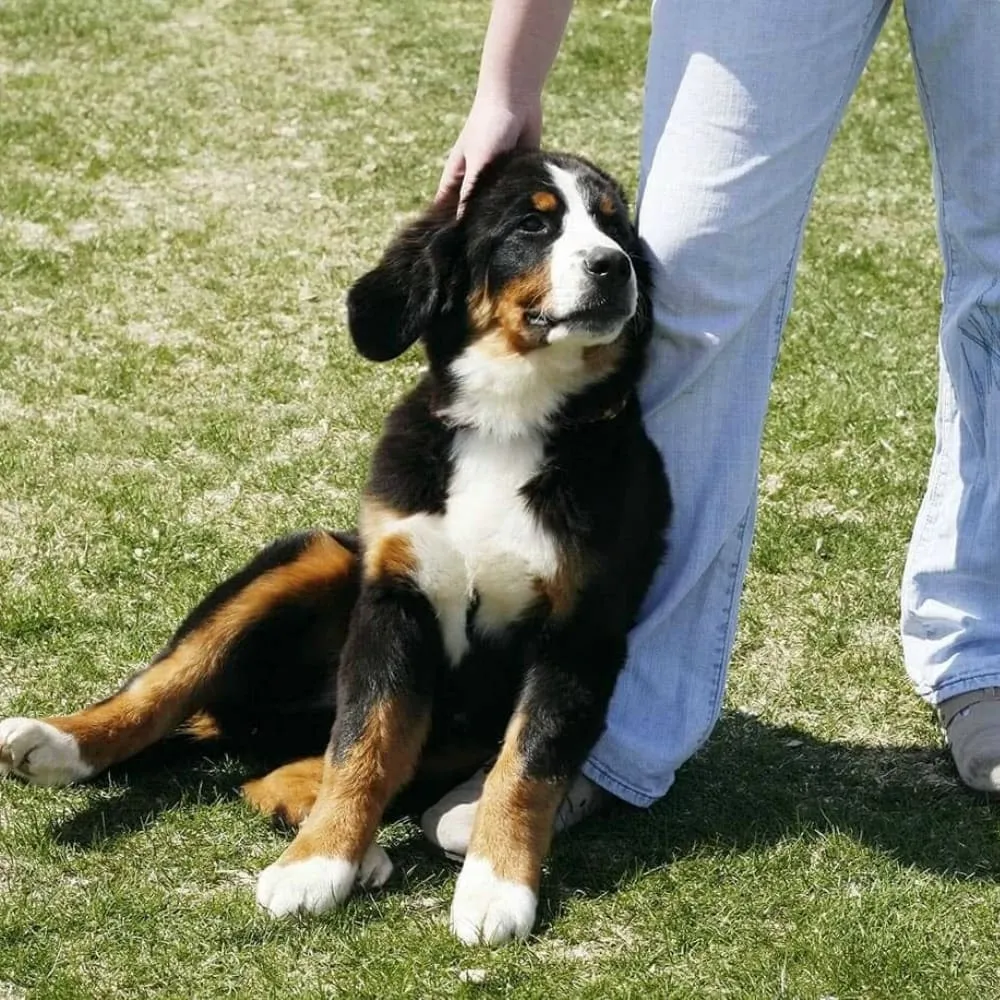
Jumping On the Owner When They Arrive Home
This is arguably one of the most straightforward types of behavior on this list and its meaning should come as no surprise. When you return home from a hard day’s work and the first thing you experience is your dog jumping on you, this only means one thing – they missed you. Some dogs have to wait all day for their beloved owners to come back home and as soon as they do, they are overwhelmed with joy.
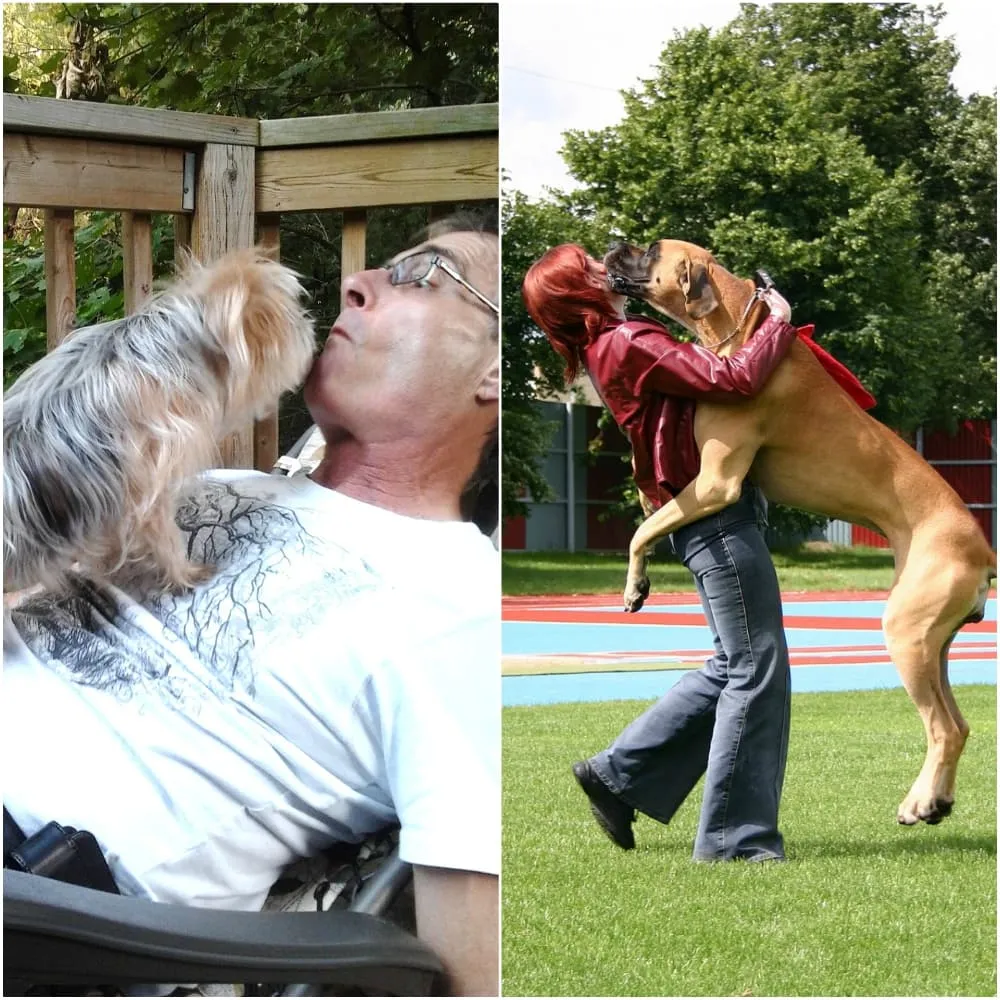
Fast Wagging Tail and Different Wagging Motions
While a dog wagging its tail is often associated with happiness and comfort, a fast wagging tail can often mean the opposite and is an important sign to watch out for. It could actually mean that the dog is full of anxiety. Although a dog will usually wag their tail from one side to the other, they could also wag it in a variety of motions. This normally means that they have plenty of energy to burn.
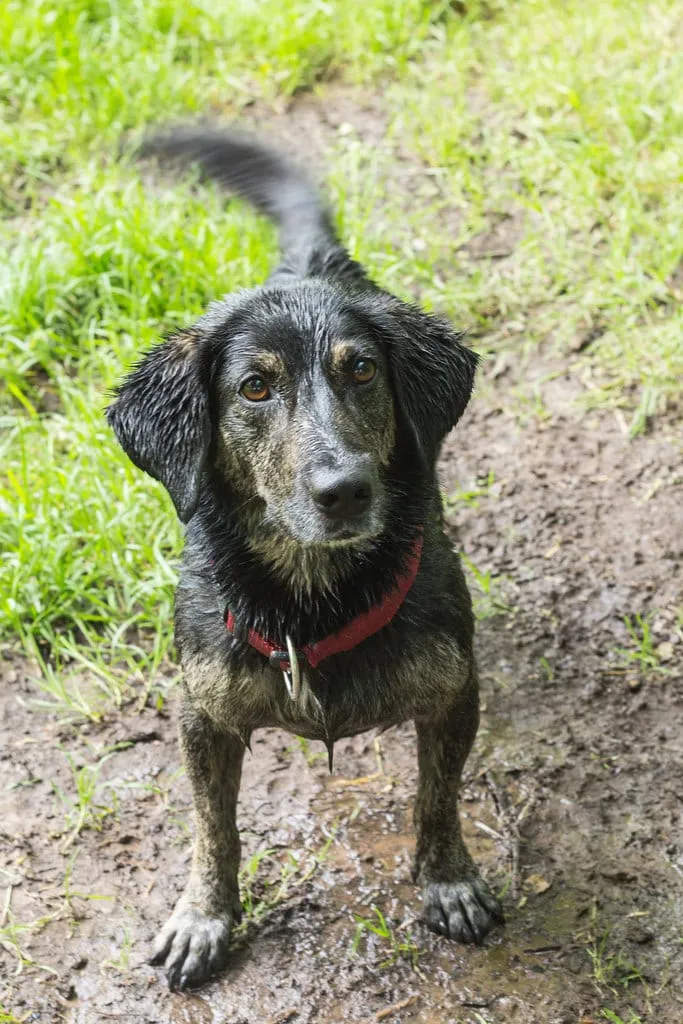
Sleeping With “Crazy Legs”
There are plenty of peculiar sleeping positions that dogs have. However, some owners might be alarmed when they see their dog sleeping on their back with their legs up in the air. What could be even more worrying is seeing those legs moving frantically while the dog is in mid-sleep. Have no fear though. This simply means that the dog is having a dream! It could specifically mean that they are dreaming about chasing something, which is perfectly normal.
Sleeping With “Crazy Legs”



